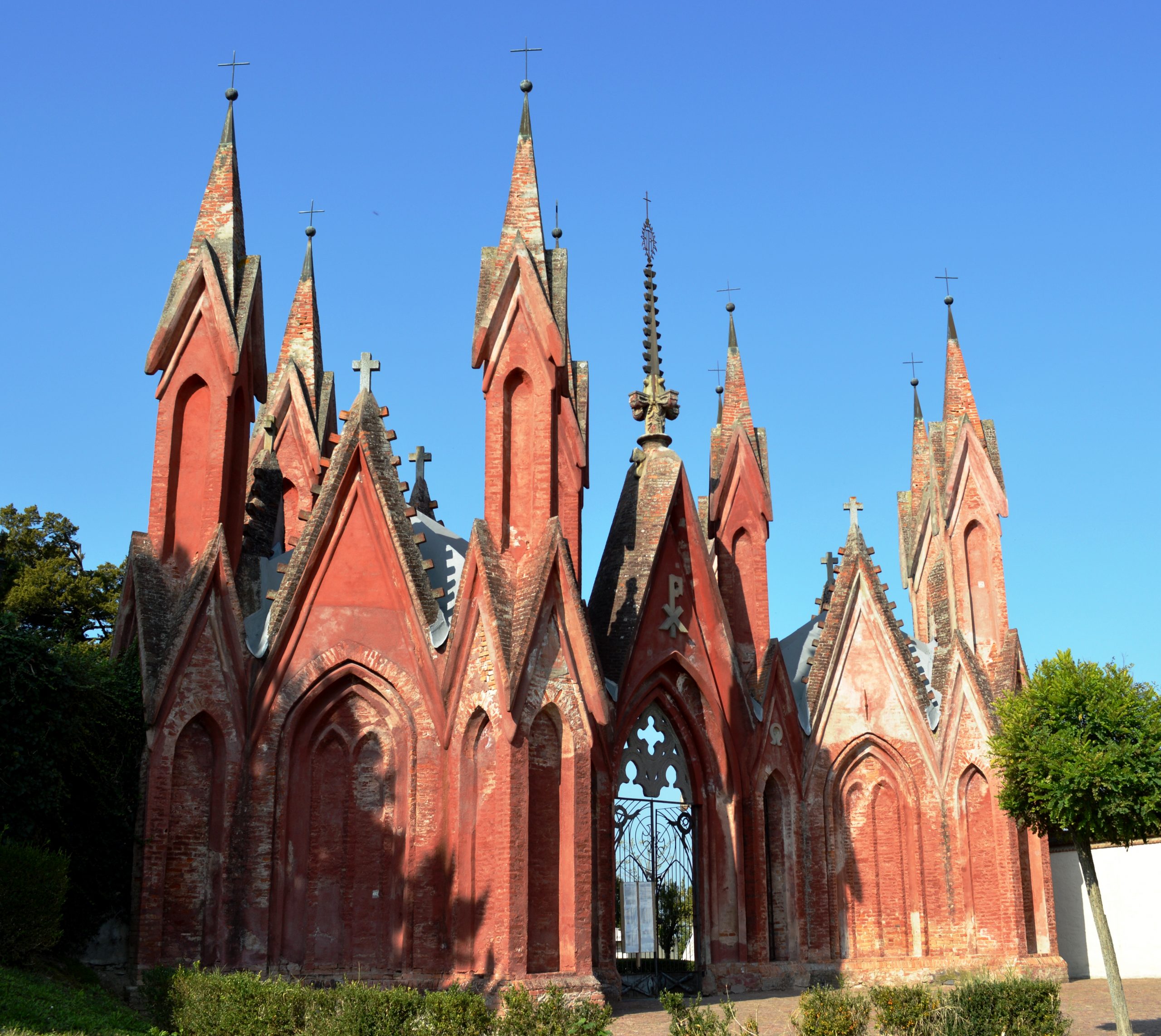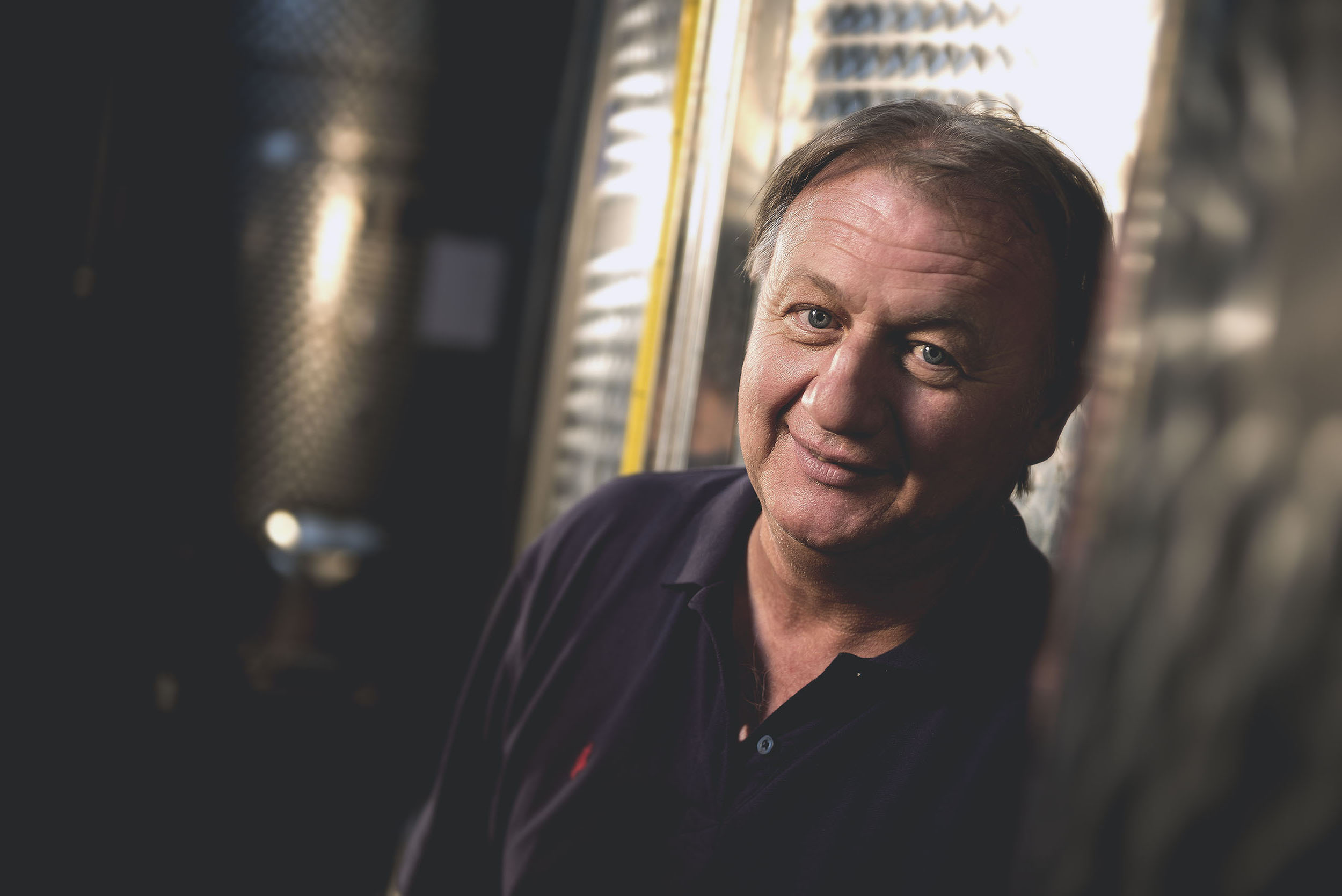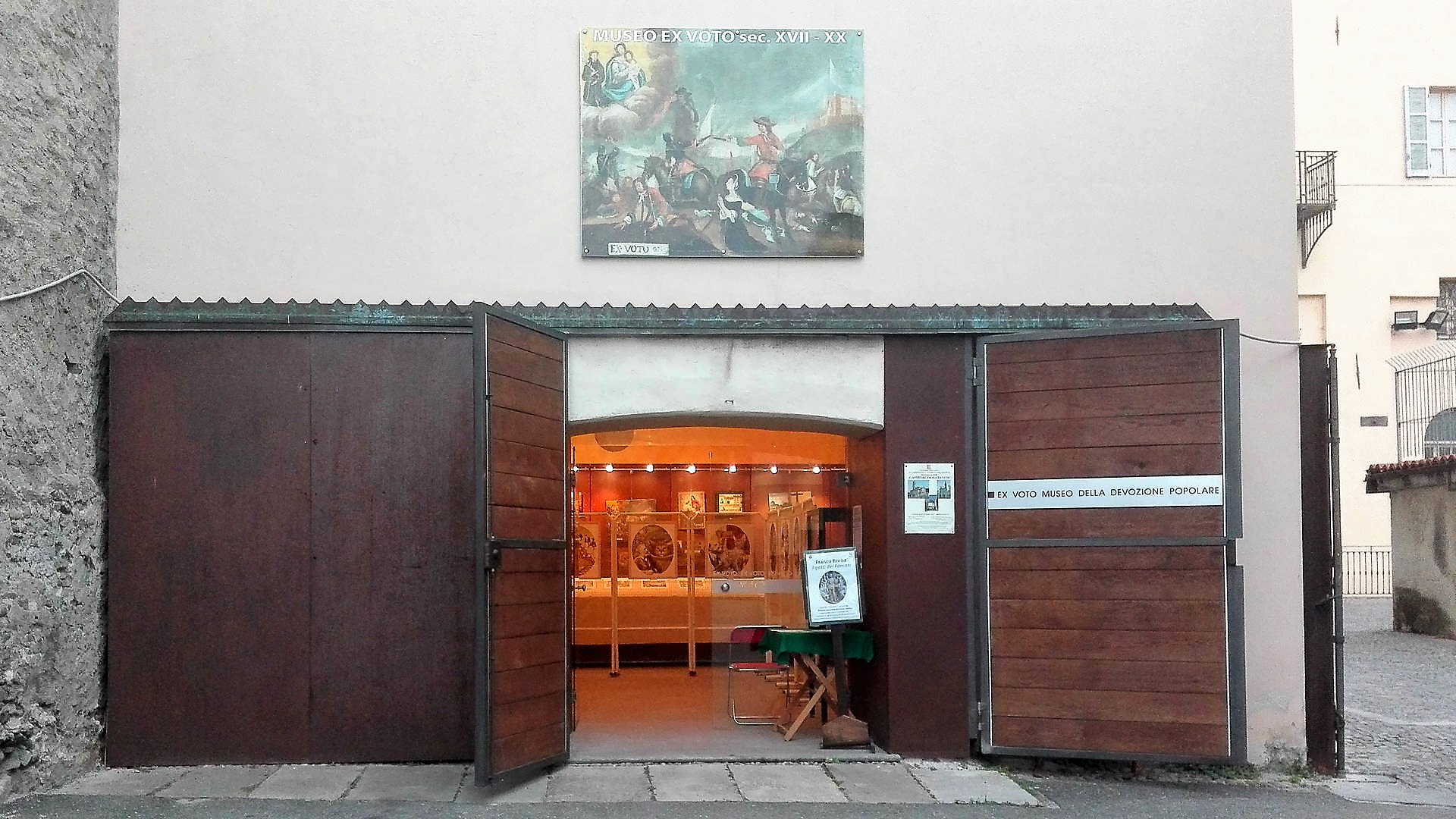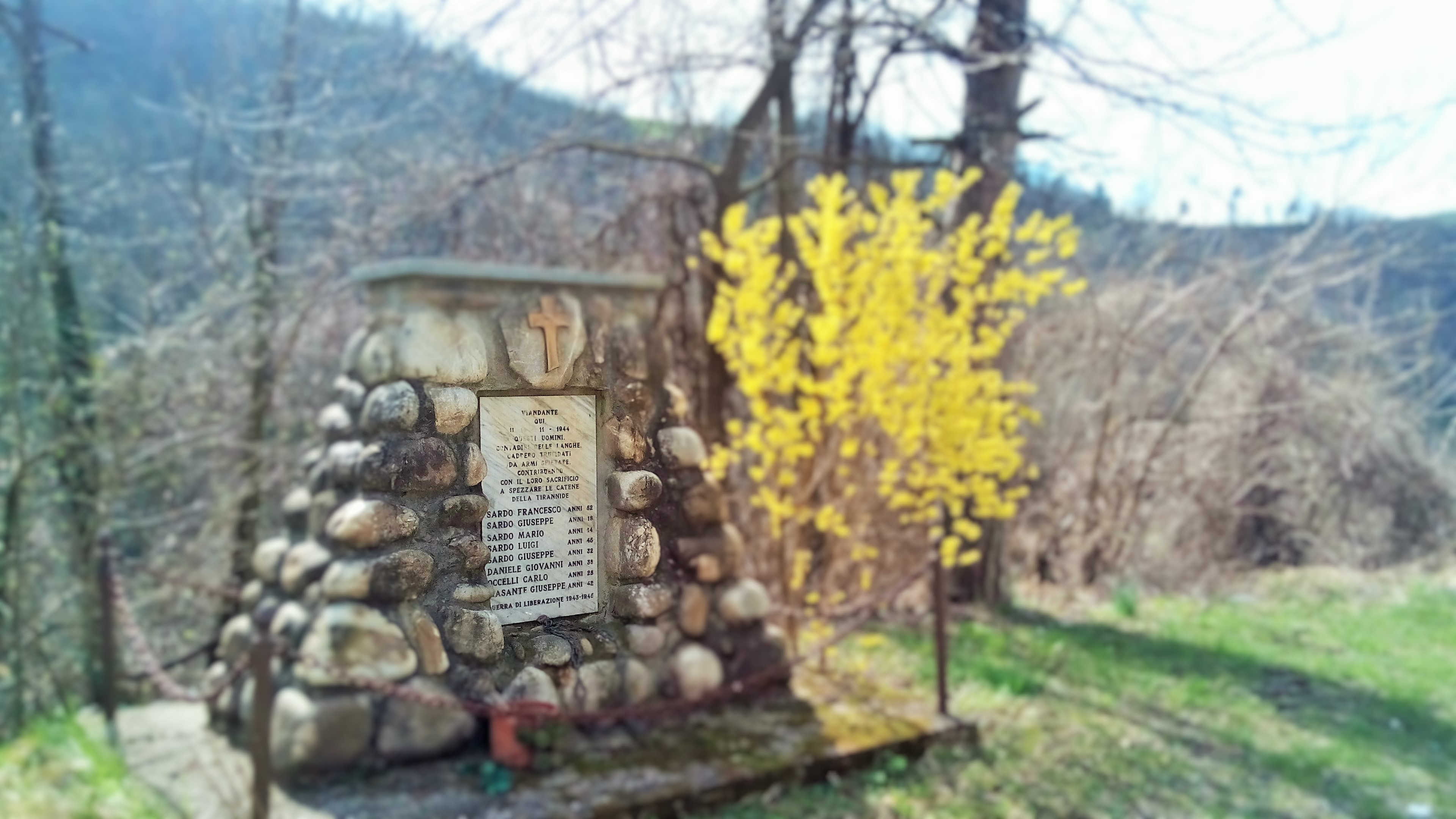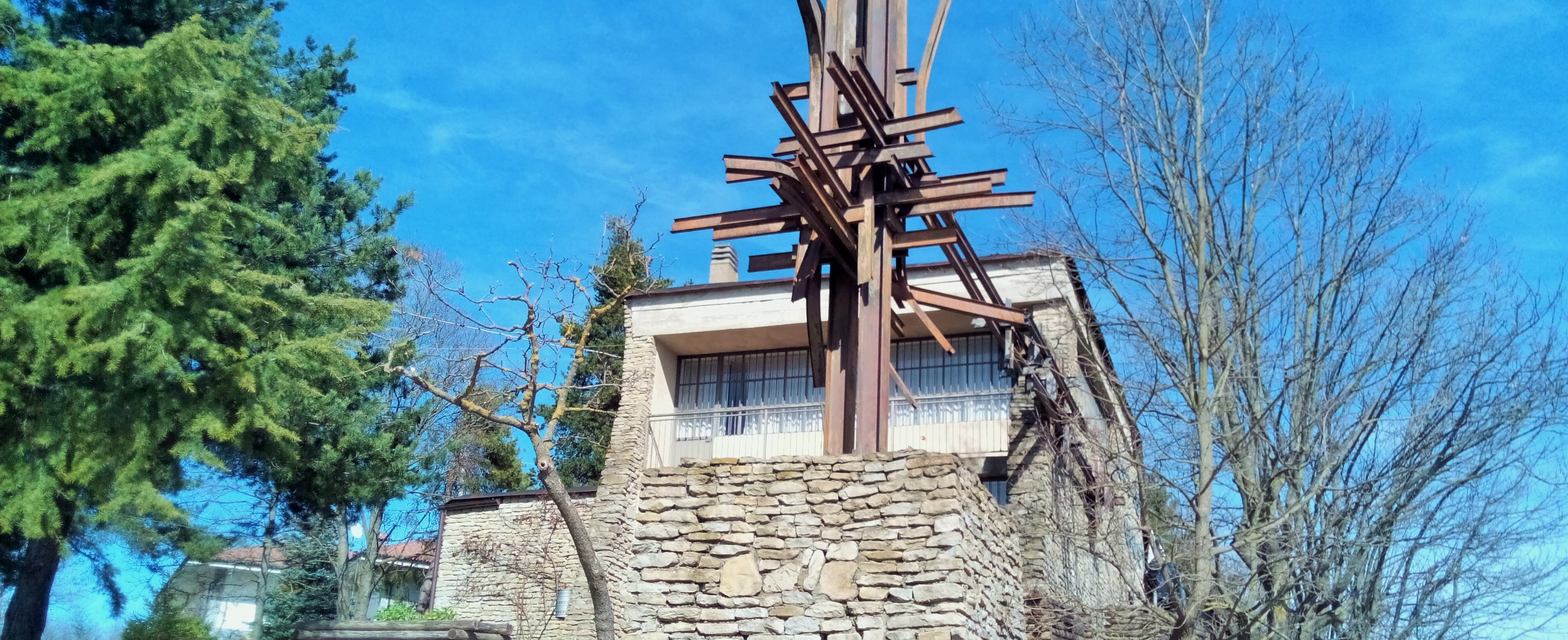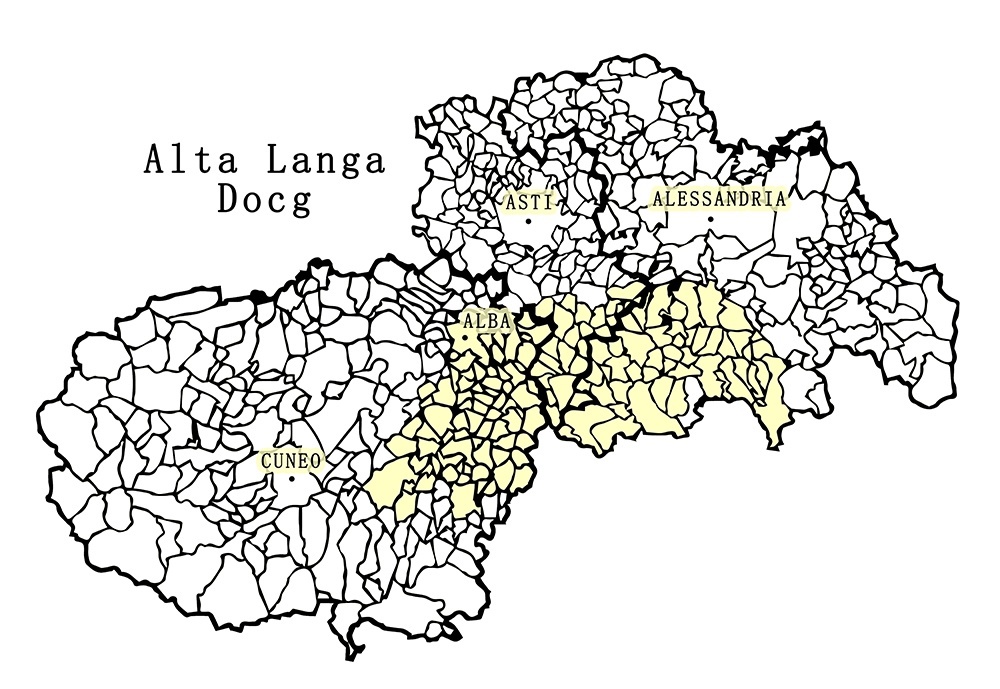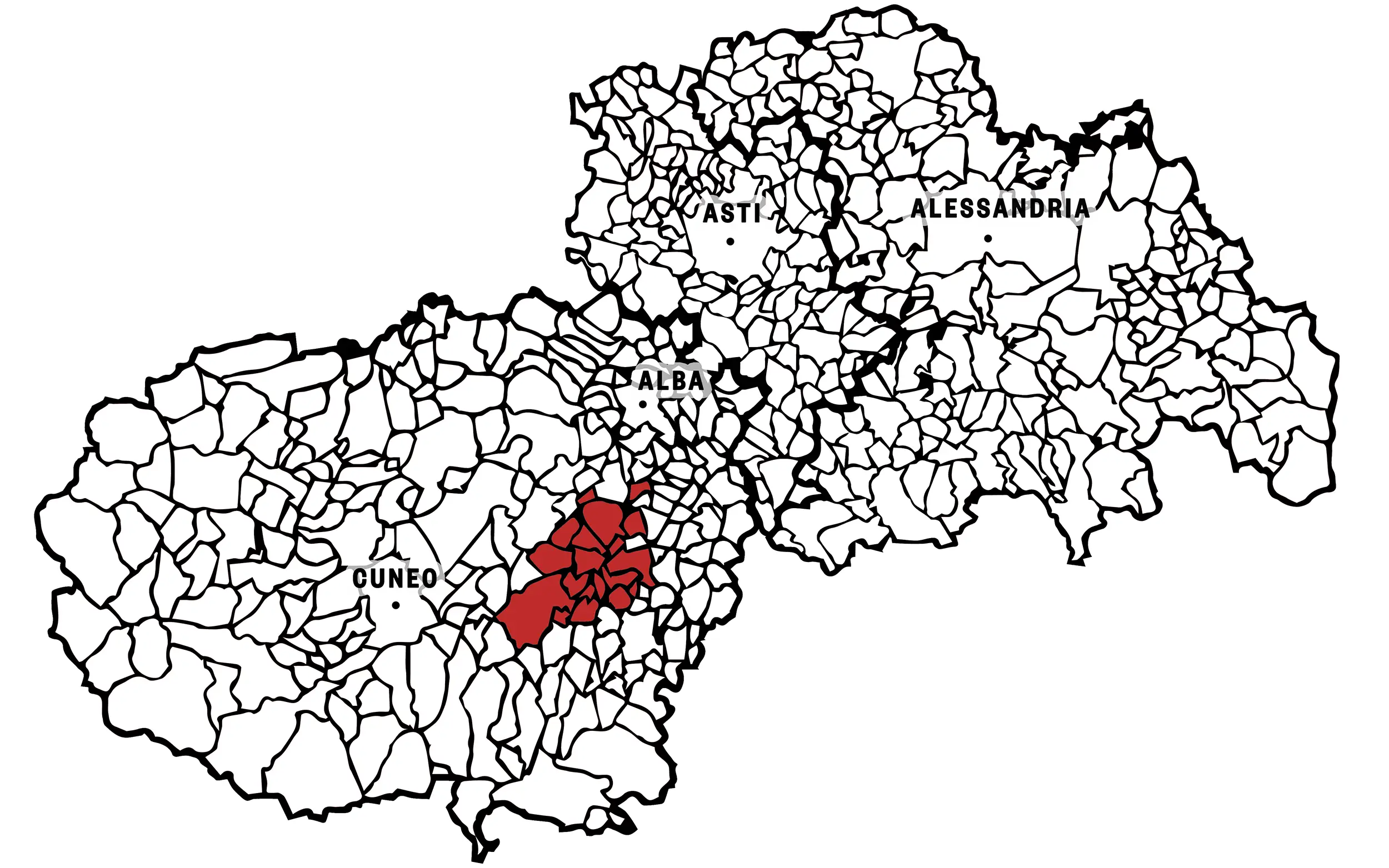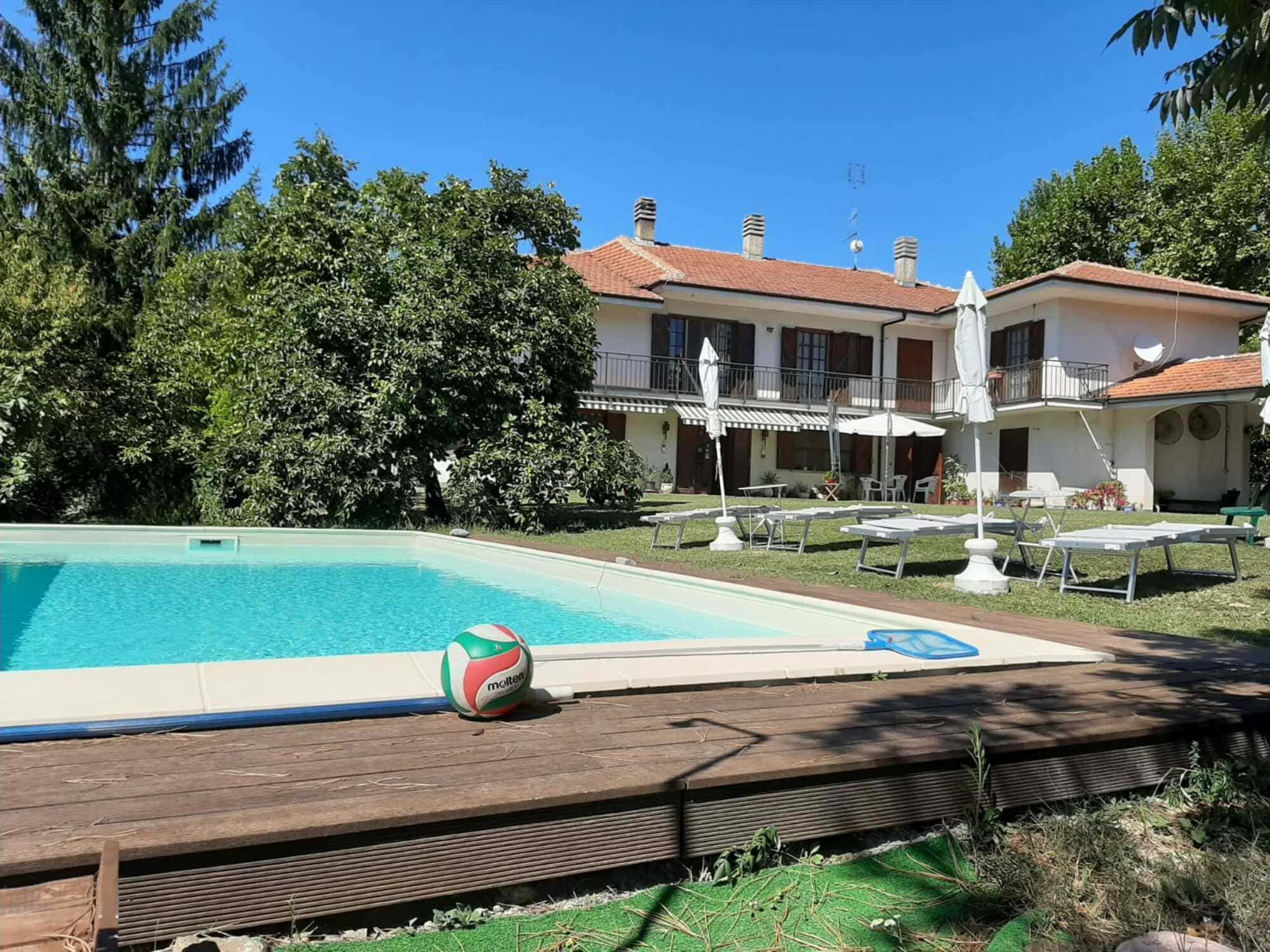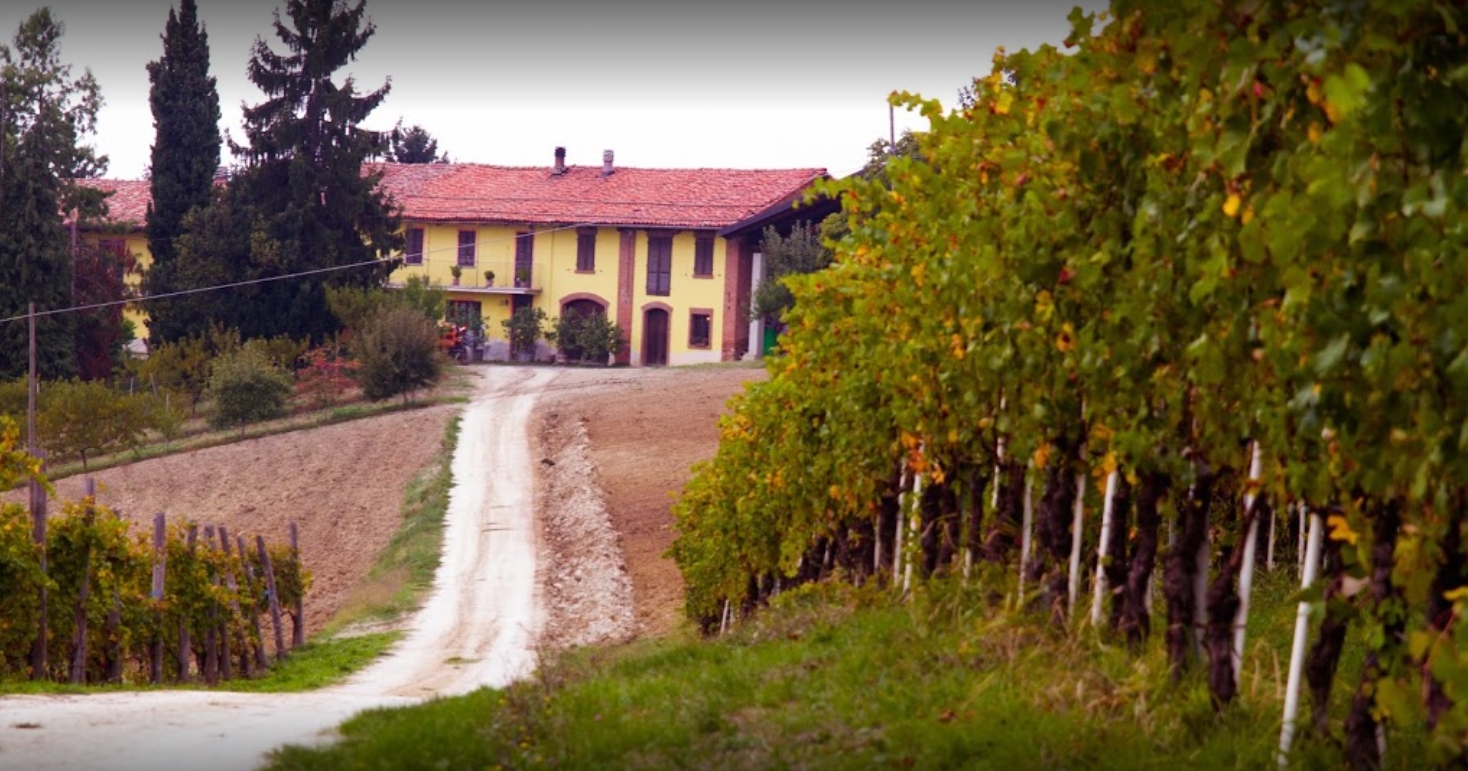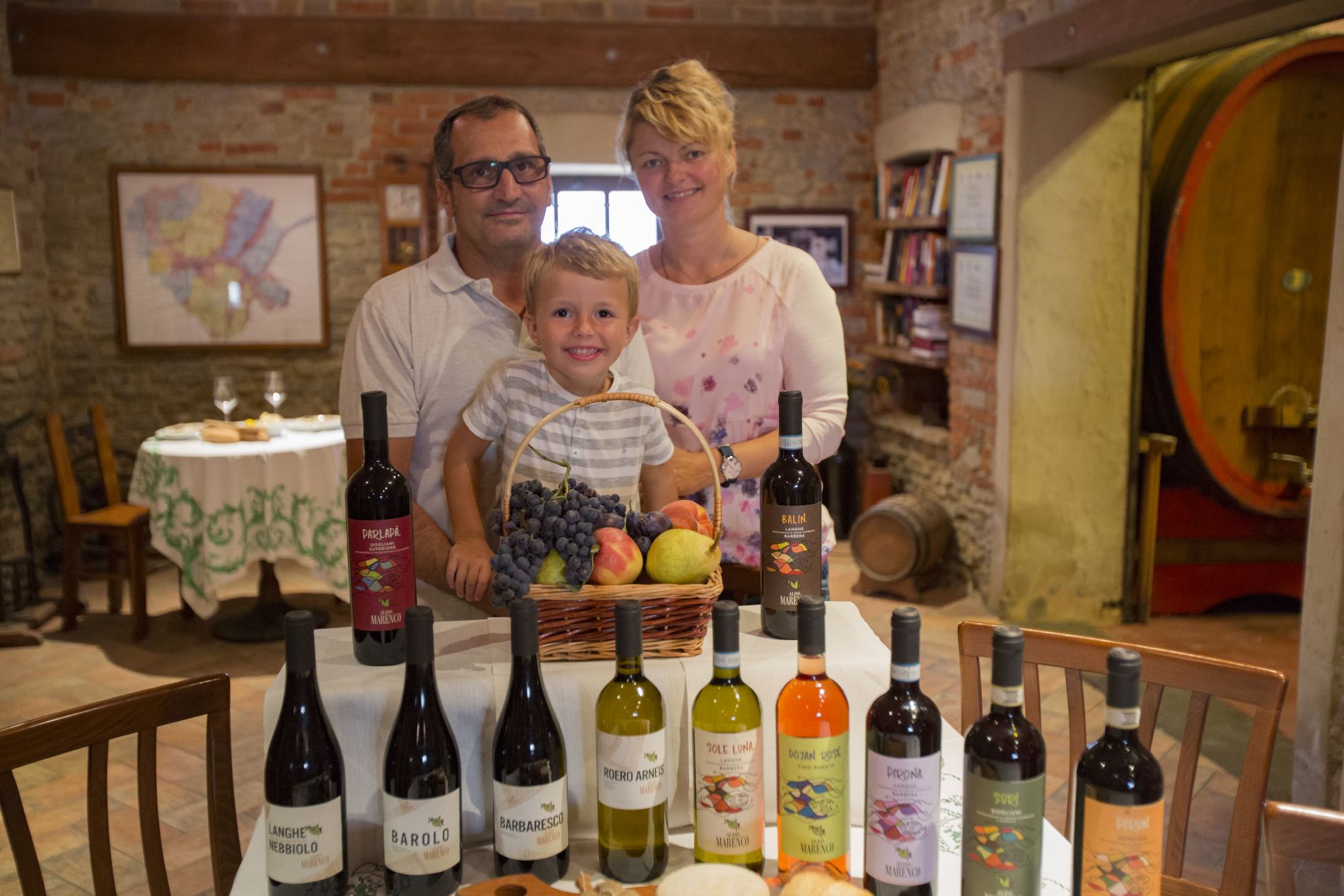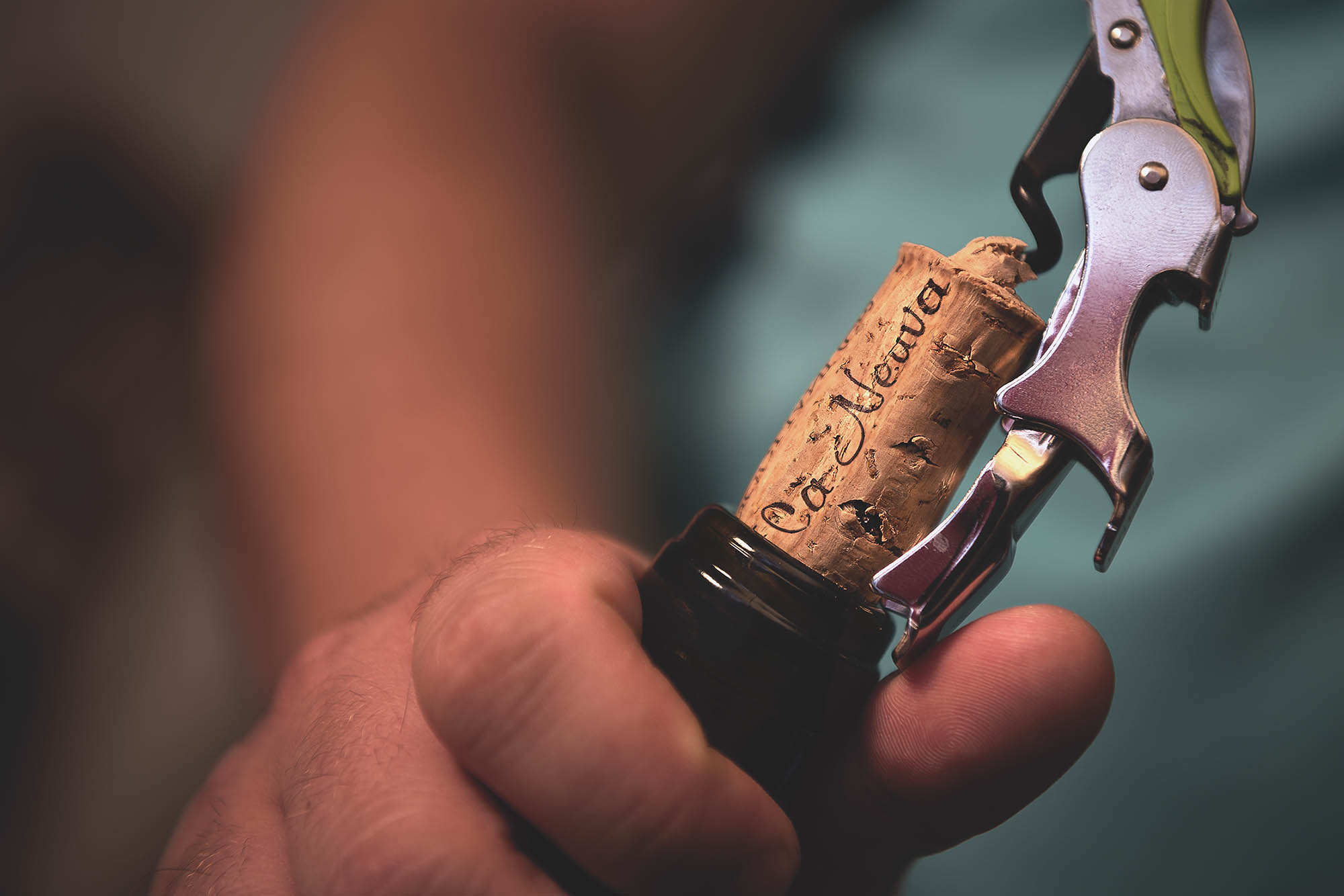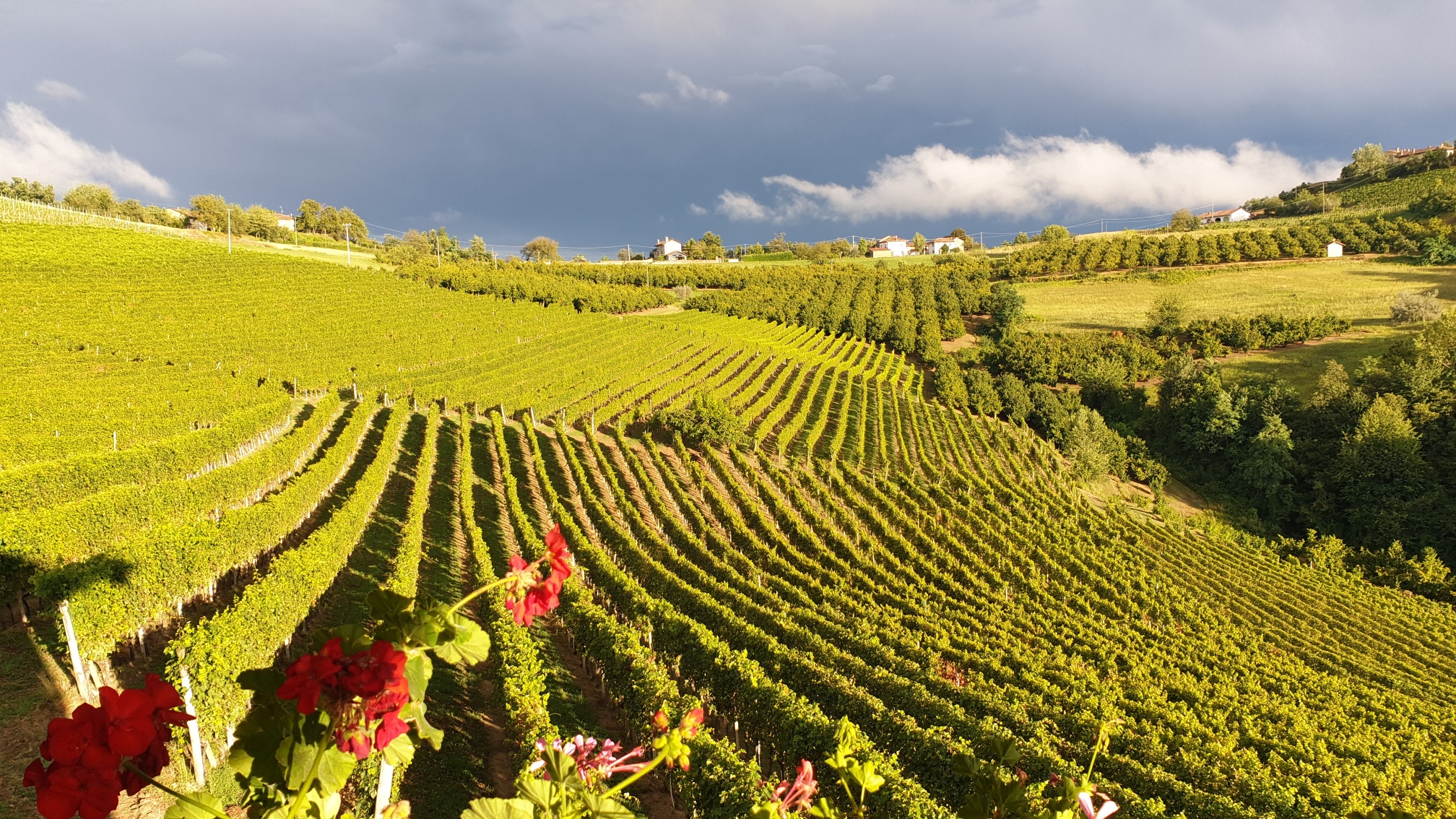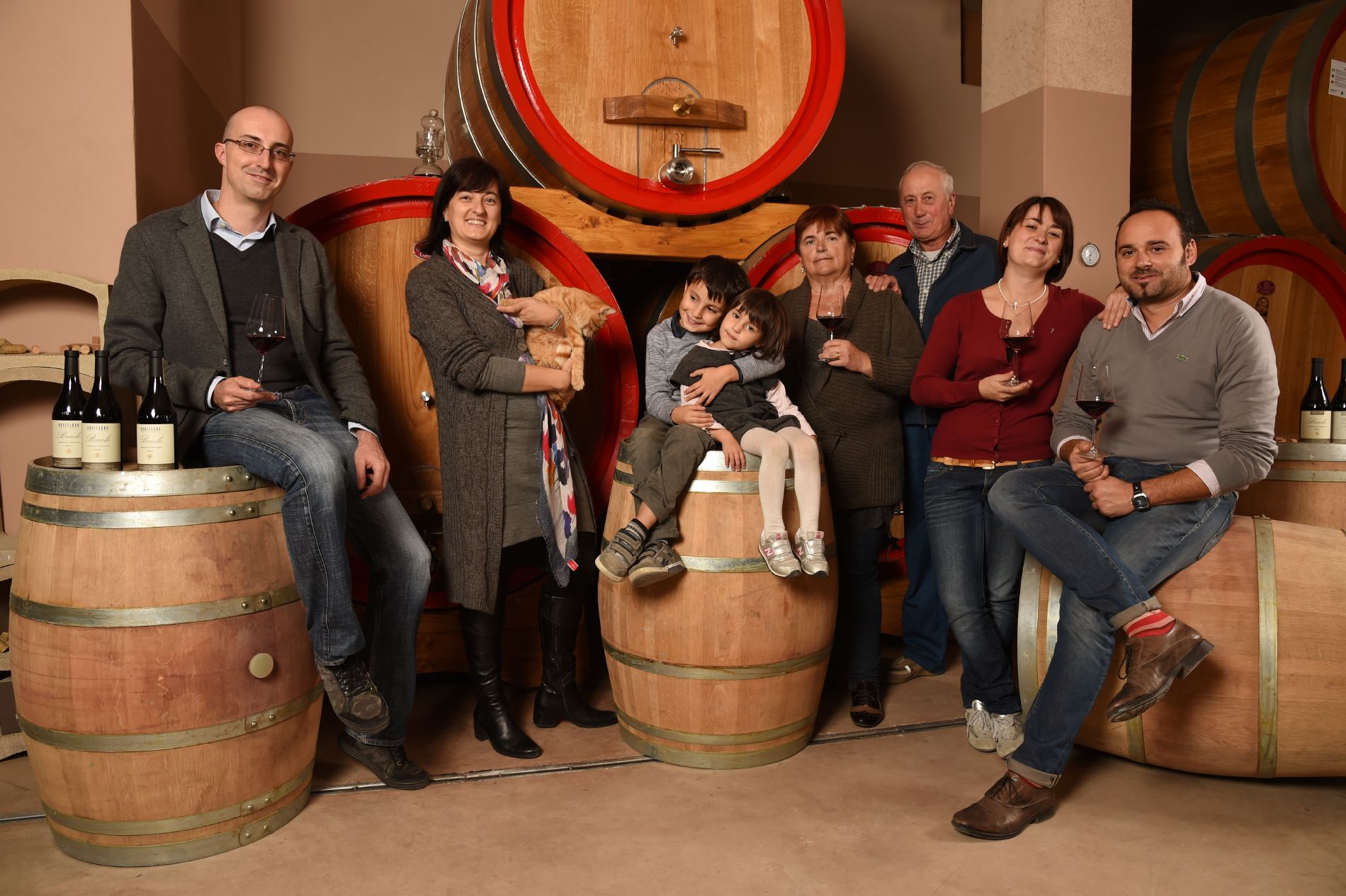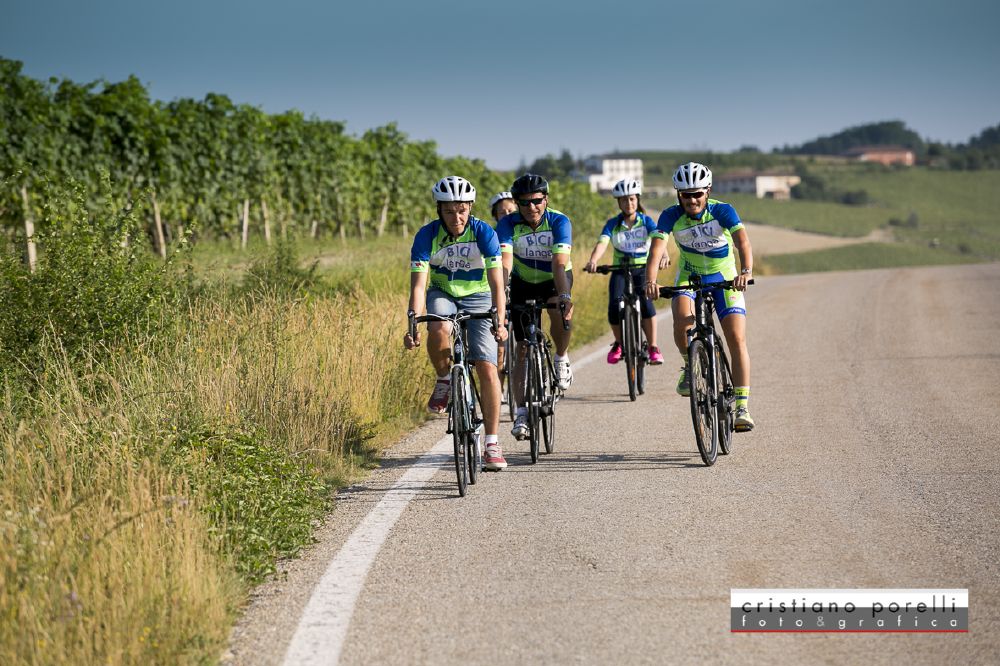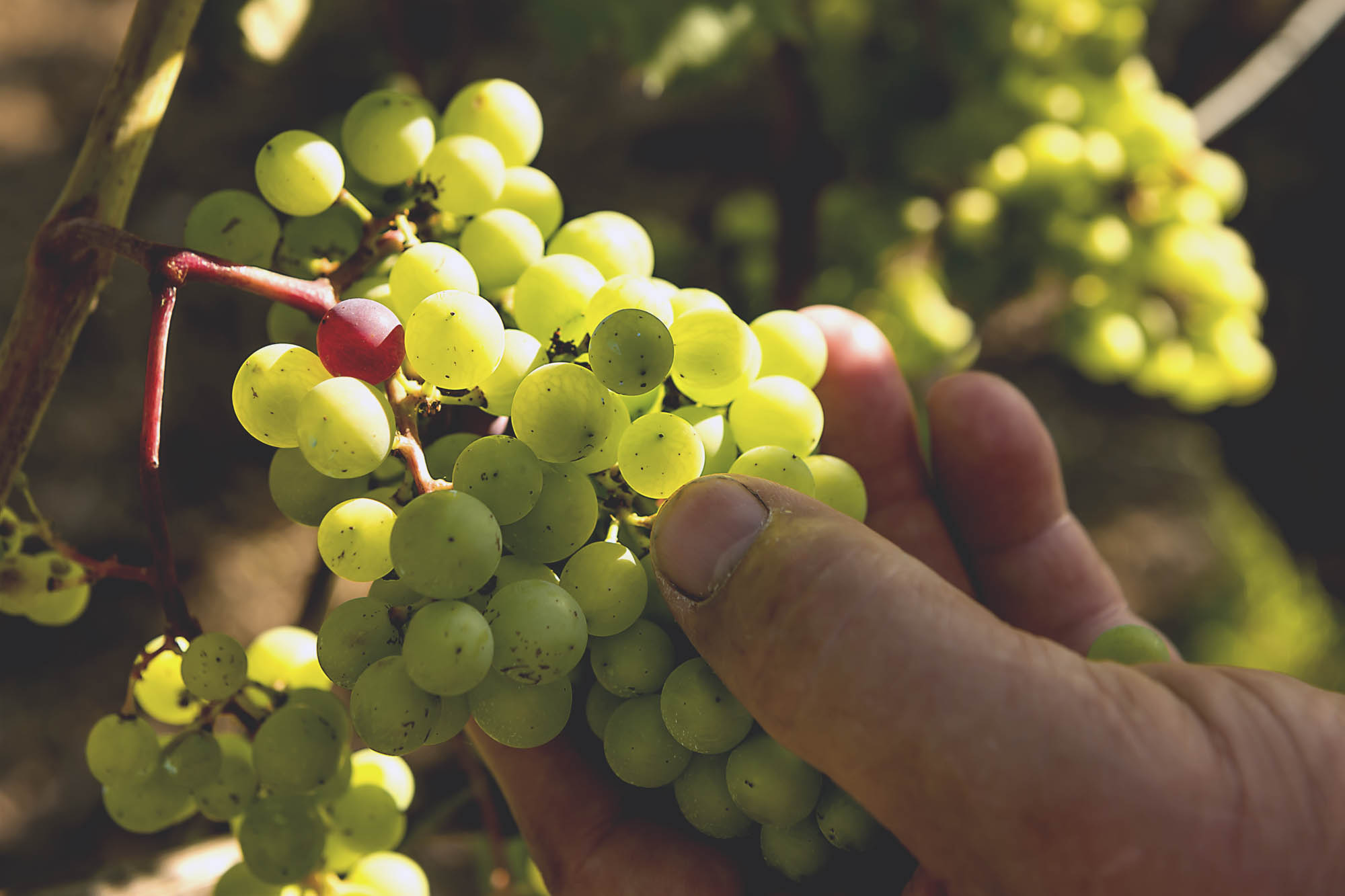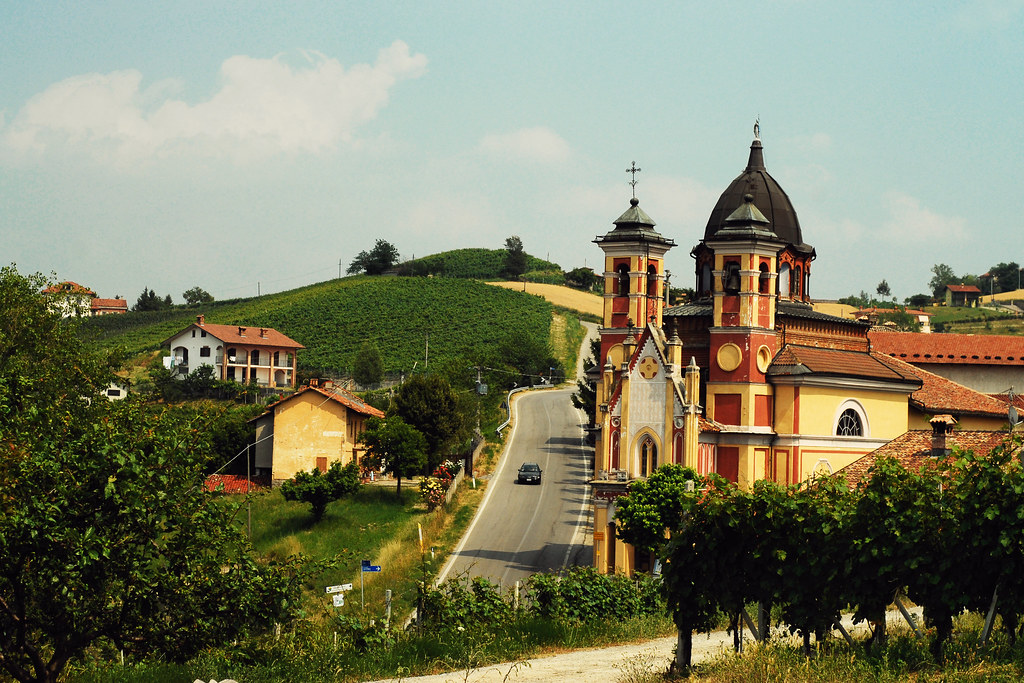
Dogliani
Population
Inhabitants name
Altitude
Hamlets
Patron Saint
Twin Cities
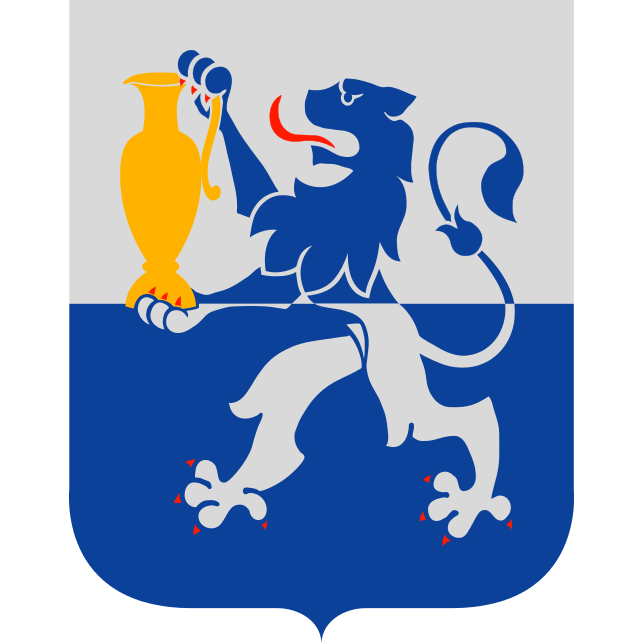
Dogliani, a town between the Langa Monregalese and Alba, is the perfect destination for all those who love good wine and good food. The panorama, beautiful in every season, becomes picturesque in autumn, when the nuances of the vineyards make the landscape so suggestive as to give tourists the maximum charm of this land.
Considered the capital of the south-western Langhe, on the hills so dear to Cesare Pavese and Beppe Fenoglio, it still maintains the urban physiognomy that history and man have drawn from its origins. The town is divided into two parts: Borgo, located on the valley floor next to the bed of the Rea stream, and Castello which stands on a hill, in a higher position, about 300 meters above sea level and which still retains the typical appearance of the medieval period.
The current appearance of the town is due to the expert hand of the Doglianese architect Giovanni Battista Schellino, an eclectic and extravagant figure, who grew up in Spina, a hamlet of Dogliani. In fact, starting from the second half of the nineteenth century, the artist drew the image of the town still recognizable today. His numerous projects gave new life to the Dogliani of the time, which already enjoyed important economic and cultural splendor in the nineteenth century. Among his works in the town are: the Parish Church of St. Peter and Paul, the monumental entrance to the cemetery, the Civic Hospital, the restoration of the Church of San Quirico, the Rosary pillars and the Holy Family Retreat.
Capital of the south-western Langhe and a bridge between the Barolo Langa and the Alta Langa, Dogliani is rich in history and characterized by a curious architecture.
The cultivation of vines and the production of wine have made Dogliani an important agricultural center. The Tuesday market animates the streets of the center becoming a reference point for farmers who come here to sell their products.
This country has given birth to some illustrious personalities, as well as many others are linked to it in some way: the entrepreneur Michele Ferrero, the writer Giorgio Bocca, Giulio Einaudi and Luigi Einaudi, economist, politician and journalist as well as second President of the Republic in office from 1948 to 1955.
History of Dogliani
From antiquity to Napoleon until the rebirth with G.B. Schellino
The origin of the town is certainly pre-Roman: the people who lived in these areas were in fact of Ligurian stock. Starting from 200 BC the Roman incursions became more and more numerous and constant: as evidence of this numerous finds are preserved in the G. Gabetti historical-archaeological museum.
High Middle age
Observing the town today, one realizes that the medieval-style structure is still present both in the Castle at the top and in the surrounding walls in the lower part next to the Rea stream. And it is precisely during the Late Roman Empire (period of the decline of the Roman Empire, from the end of the III century AD to 476) that the inhabited center first moved towards the Pieve and then perched around the fortified area, the castrum, to defend itself from looting and raids by the Hungarians and Saracens (10th century).
The two access gates to the city delimited the residential area and are still visible today: Porta Soprana and Porta Sottana located in the lower part, in Dogliani Borgo. The façade of Porta Soprana represents one of the most evocative medieval views and was the most important of the four entrance gates to the town which could be accessed by crossing the only wooden bridge over the Rea stream.
Middle Ages
For a certain period of time Dogliani was probably under the feudal family of Frankish origin of the Aleramici whose various branches settled in Liguria and also took root in southern Piedmont. In the XII century, with the Conventions, Dogliani obtained the first municipal autonomy. In this period, until the mid-fifteenth century, the town was the scene of infighting that saw the Monferrato, Saluzzo, Acaia and Visconti families as protagonists.
Modern Age
In the sixteenth century Dogliani was occupied first by the French and then by the Spaniards due to the war between Francis I and Charles V to ensure dominance in Europe. Later it passed under the marquisate of Busca and that of Saluzzo and around the early years of the seventeenth century, with the Treaty of Lyon (1601), Dogliani passed to the Savoy family who in turn gave it as a fief to the Solaro di Moretta and Solaro del Borgo families.
With the Napoleonic interlude the so-called “liberators” did nothing but replace the previous exploiters and the town could do nothing but submit to French laws (perhaps mindful of the fires that burned Marsaglia, Castellino and Belvedere Langhe).
With the arrival of Napoleon Bonaparte and his army in the Langhe area, and with the beginning of the Italian Campaign which brought considerable fame to the Corsican general, there were bitter clashes between Piedmont and Liguria against the Austrian and Piedmontese troops. Dogliani was occupied by the French and merged with the Department of Montenotte together with a large part of Liguria. It was recognized as the capital of the canton on which the villages of Farigliano, Bonvicino, Belvedere and Clavesana gravitated, with a total population of 7281 souls, and became an important economic center.
The nineteenth century saw the country’s physiognomy change profoundly and Dogliani returned to shine thanks to the interventions of the Doglianese architect Giovanni Battista Schellino, giving it a uniqueness that is unmatched in other inhabited centers of the Langhe: neoclassical domes and Gothic spiers, according to a completely detached from the stylistic canons of the time.

Crediti Foto: David Levene | Eyevine | Redux
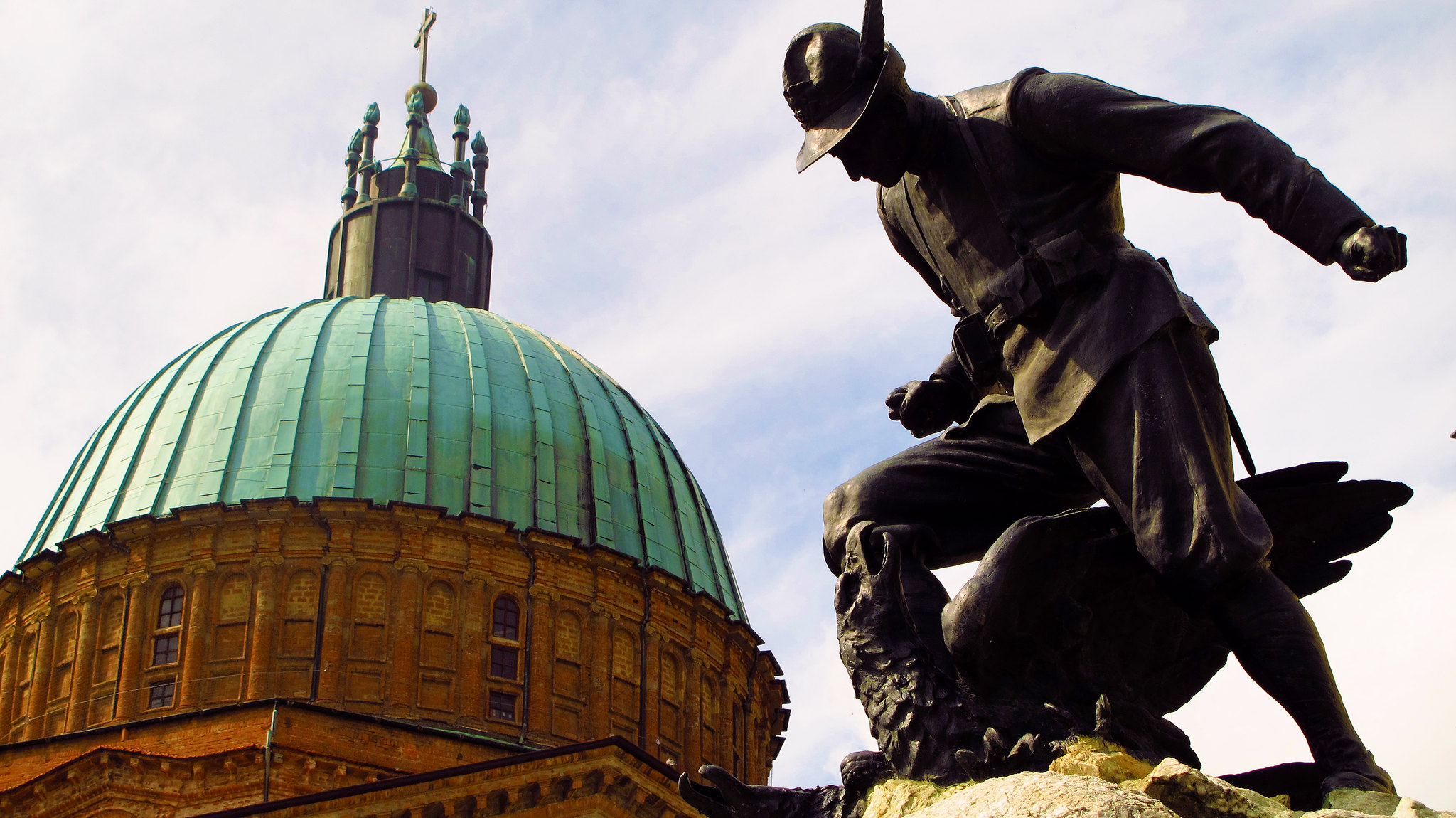
The monumental entrance to the cemetery with the gothic spiers designed by Schellino
Parish church of Saints Quirico and Paolo, in Piazza San Paolo
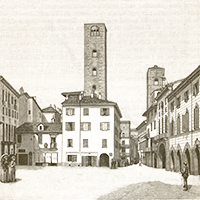
Geografia
dell'Italia
— Year 1891 —
Pubblichiamo per estratto i profili dei paesi di Langa e Roero tracciati da Gustavo Strafforello
Dogliani (5432 ab.). — Sorge diviso in tre borgate sulla sinistra del torrente Rea, a 25 chilometri da Mondovì, ed ha due parrocchiali di San Lorenzo, con le reliquie del martire S. Celso, e dei Ss. Quirico e Paolo.
Vi si vedono ancora le vestigia dell'antico castello in un con gli avanzi di valide mura che cingevano anticamente l'intiero abitato. Molte ed ottime uve che dànno un vino dolcetto molto pregiato, tartufi bianchi, legname. Ospedale, Congregazione di carità, Asilo infantile, ritiro della Sacra Famiglia.
L'industria vi ha una filanda di seta a vapore, molini a vapore, fabbriche di acque gassose e di laterizi, distillerie di acquavite, alcune Banche, la Società anonima cooperativa Il Risparmio, tipografia, librerie. Collegio riputato e Convitto.
Cenni storici
I monumenti e le iscrizioni rinvenutevi lo qualificano romano. Nel Basso Impero formò parte del contado Albese e si chiamò Doliana, come scorgesi ancora dal privilegio di Urbano II del 1091.
Lo conquistò sul principio del secolo XII il marchese Bonifacio di Savona, da cui passò nei 1124, insieme ad altre terre, ad Ugone marchese di Cravesana, morto il quale senza discendenti, venne in potere dei marchesi di Busca, che nel 1183 lo venderono per 1150 lire genovesi al marchese Manfredo II di Saluzzo, e, riscattatolo, lo rivenderono dopo dieci anni al marchese Bonifacio di Monferrato.
Tornato in possesso dei marchesi di Saluzzo, Dogliani fu costituito capoluogo dei loro possedimenti oltre il Tanaro, e Tommaso I lo diede in appannaggio al suo secondogenito Giovanni, detto il Grande, dal quale passò a' suoi discendenti.
Il castello e la terra di Dogliani soffrirono nel 1431 gravissimi danni dalle truppe di Francesco Sforza, capitano di Filippo Visconti, nella guerra contro il marchese Gian Giacomo di Monferrato, il quale riacquistò questo ed .altri paesi nella pace del 1436.
I discendenti del predetto Giovanni il Grande se lo spartirono in piccole porzioni, una delle quali toccò in prima a don Alvaro Sanchez, capitano di Carlo V, indi a Marco Claudio di Rye, consigliere del duca Carlo Emanuele I, e da ultimo ai conti Solaro di Moretta.
Uomini illustri
Nacquero in Dogliani molti personaggi degni di memoria, fra gli altri i seguenti : G. A. Perotto, carmelitano molto versato nella teologia, filosofia ed eloquenza sacra, peritissimo della lingua ebraica, lettore per 15 anni di sacra scrittura nell'Università di Torino ed autore di parecchie opere ; Giacomo Pizzorno, medico e professore anch'esso nell'Università di Torino ; Borra, insigne architetto che diede i disegni di vari palazzi di Torino ; il conte Ignazio Corte di Bonvicino e suo figlio Giuseppe Amedeo, ambidue ministri di Stato, e il conte Vincenzo Marenco di Castellamonte, letterato e poeta insigne così in italiano come in latino ; in quest'ultima lingua compose il poema De Phtysi, che emula il celebre De morto gallico del Fracastoro.
Collegio elettorale Cuneo III (Alba) — Diocesi Mondovì — Pt T.
What to do in Dogliani
Unique town in Langa between art, culture, food and excellent wines.
Today Dogliani is a lively center in the heart of the Langhe, and its proximity to the city of Alba has contributed to making it a destination for lovers of “good wine” and good Langhe cuisine.
The numerous events proposed throughout the year attract tourists and curious people by combining events linked to tradition and modernity such as: Antica Fiera della Ciliegia, the Cisrà and the Fiera dei Santi, the Sagra del Dogliani, Festival of TV and new media, Dogliani Beach and Comunicarte.
In addition to fixed appointments that are renewed every year, the calendar of Doglianese events is very dense. Generally, the busiest period of events is that of the summer-autumn months, crowning the village festivals linked to the production of the land.
Weather Forecasts
 1°/1°
1°/1°
 3°/3°
3°/3°
 2°/2°
2°/2°
 3°/3°
3°/3°
 5°/5°
5°/5°
Latitude
Longitude
Townhall
Tourist Office
Save the Date!
26 December 2025 — 06 January 2026
Wineries Open Their Doors for the Holidays
Chat with the producers, listen to stories that warm your heart and taste wines that will become part of your most precious memories
Discover the eventEvents in Dogliani and around
What to see in Dogliani and around

Museum of Ex-votos and popular devotion
Museo degli ex voto e della devozione popolare, Via Savona, Dogliani, CN, Italia
Discover ↝

Partisan Pedaling #1 on bike from Dogliani to Bonvicino
Via Codevilla, 4, 12063 Dogliani CN, Italia
Discover ↝

The Tuesday and Saturday market in Dogliani
Via Louis Chabat, 15, 12063 Dogliani CN, Italia
Discover ↝
Uve sane, riconoscibili facilmente a primo sguardo
Products & Producers
The town and its typical food and wine delights: Dogliani and Cisrà.
Dogliani DOCG
Emblem of the city and the surrounding area, in this area where the winemaking tradition is strongly linked to the Dolcetto grape, the vine finds its best expression.
The Dolcetto of Dogliani was the wine of President Einaudi, a native of these lands, who as a convinced admirer and producer himself, was among the first to lay the foundations for a concrete enhancement and affirmation of this wine.
It is undoubtedly Dolcetto that comes closest to the ideal perfection of the character of vinous, young and jovial, fresh and fragrant, with moderate acidity, sincere and immediate.
The Cisrà
The Cisrà is a typical dish of Langa that has numerous variations, but the best known version is certainly that of Dogliani.
It is said that since the 1600s in Dogliani, during the Fiera dei Santi, the members of the Confraternita dei Battuti used to offer a steaming bowl of this soup to the faithful, tired and weary, who arrived at the fair after walking very long distances to be able to participate in religious services and the last market before the winter season.
Even today the distribution of the Cisrà takes place on the occasion of the Fiera dei Santi on November 2, an event that attracts people from all over the region.
Wines Produced in Dogliani
Eat & Sleep in Dogliani and around
Are you planning a trip in the Langhe region?
Let us help you design the perfect vacation, and live your stay like a true insider
Free
Service
Ask us
For advice
Free Service
Ask us
For advice
Free Service
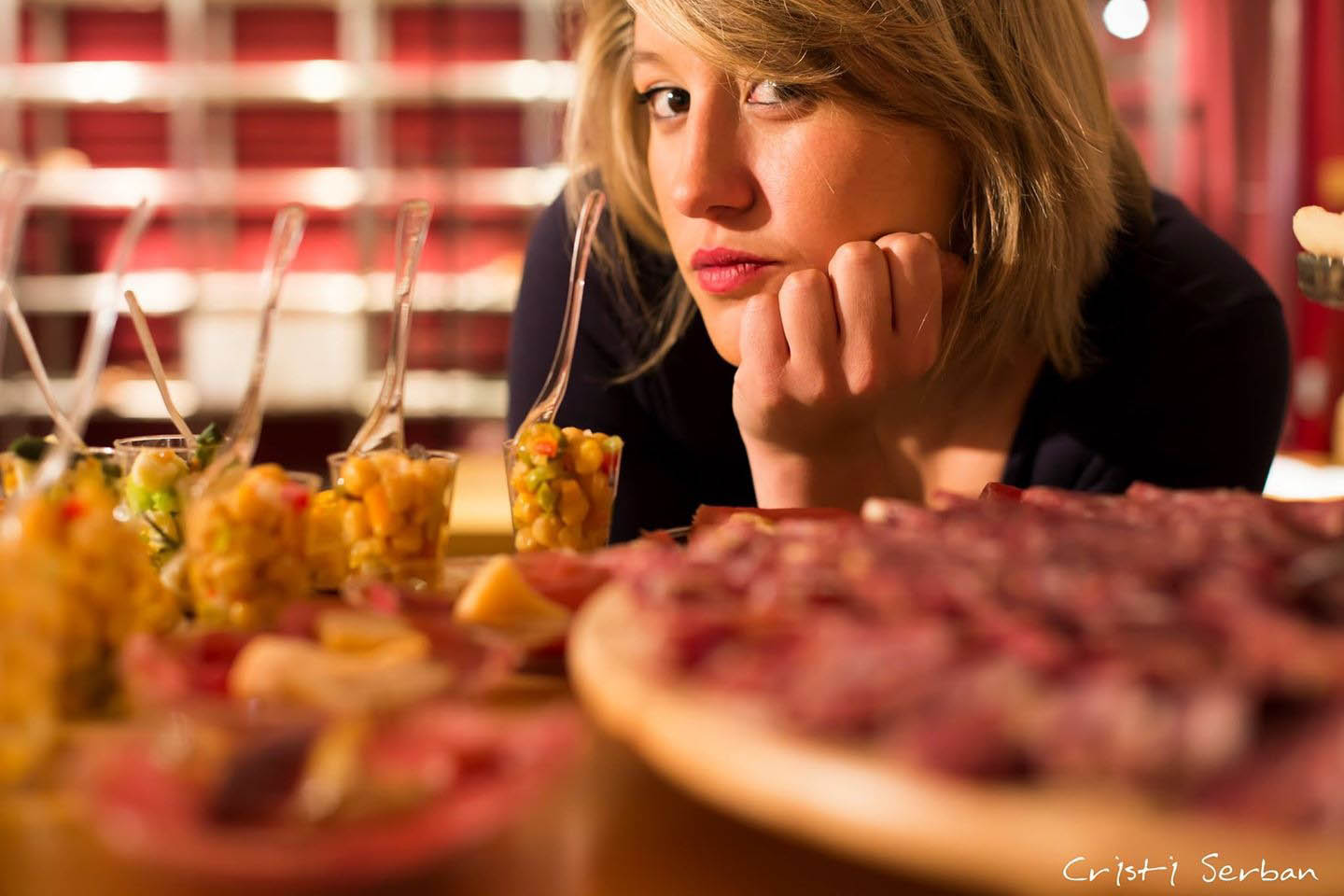
Fill in the form
reporting your interests and preferences
Receive our suggestions
directly into your inbox
And if it's not enough
we'll design a personalized trip!
